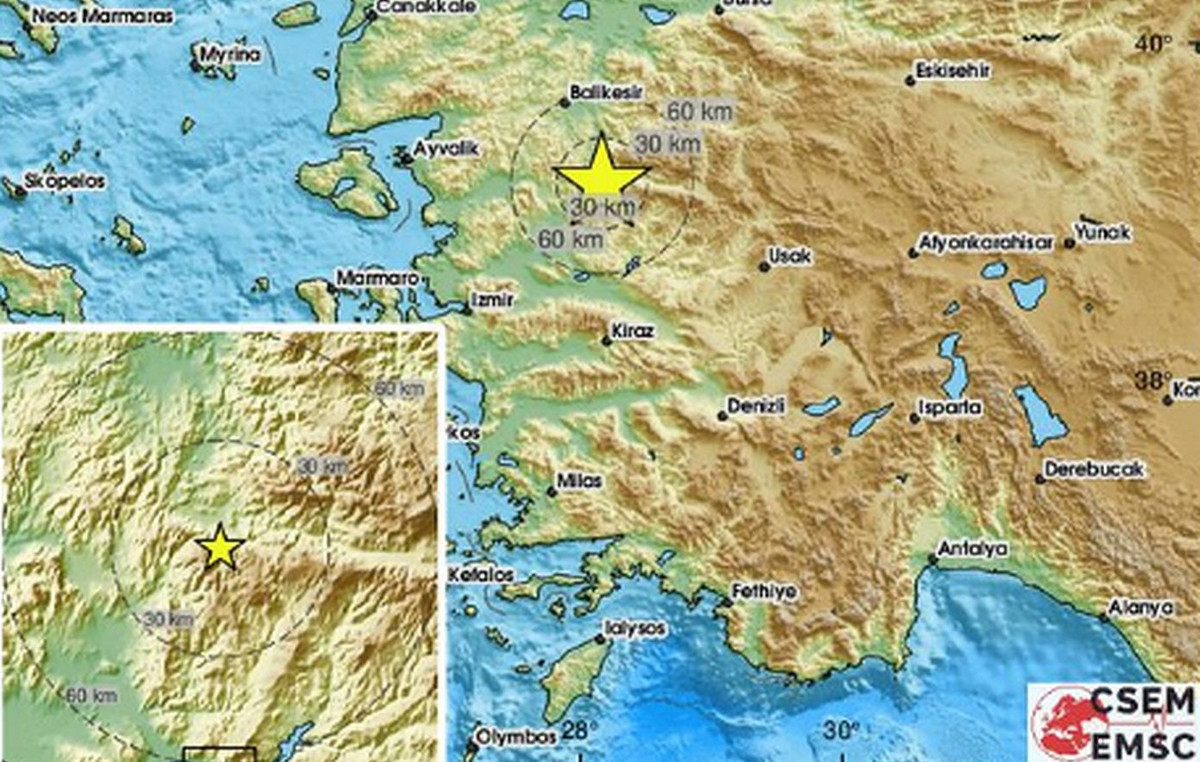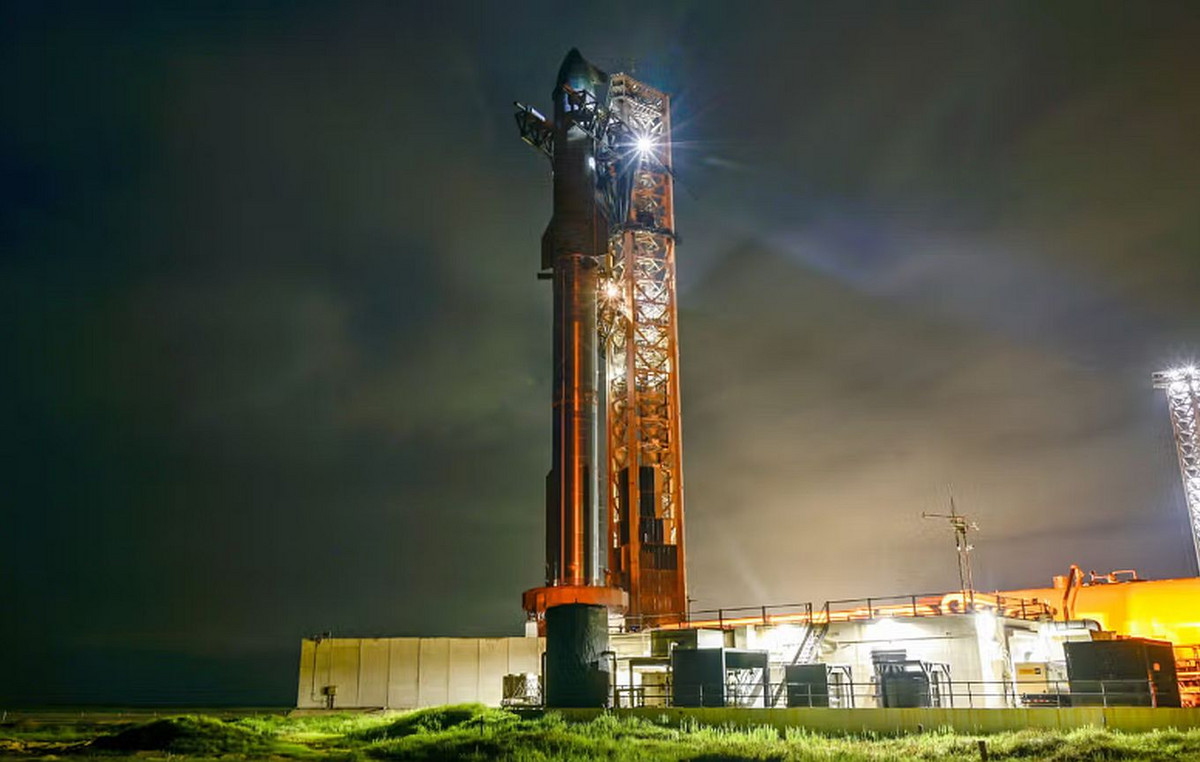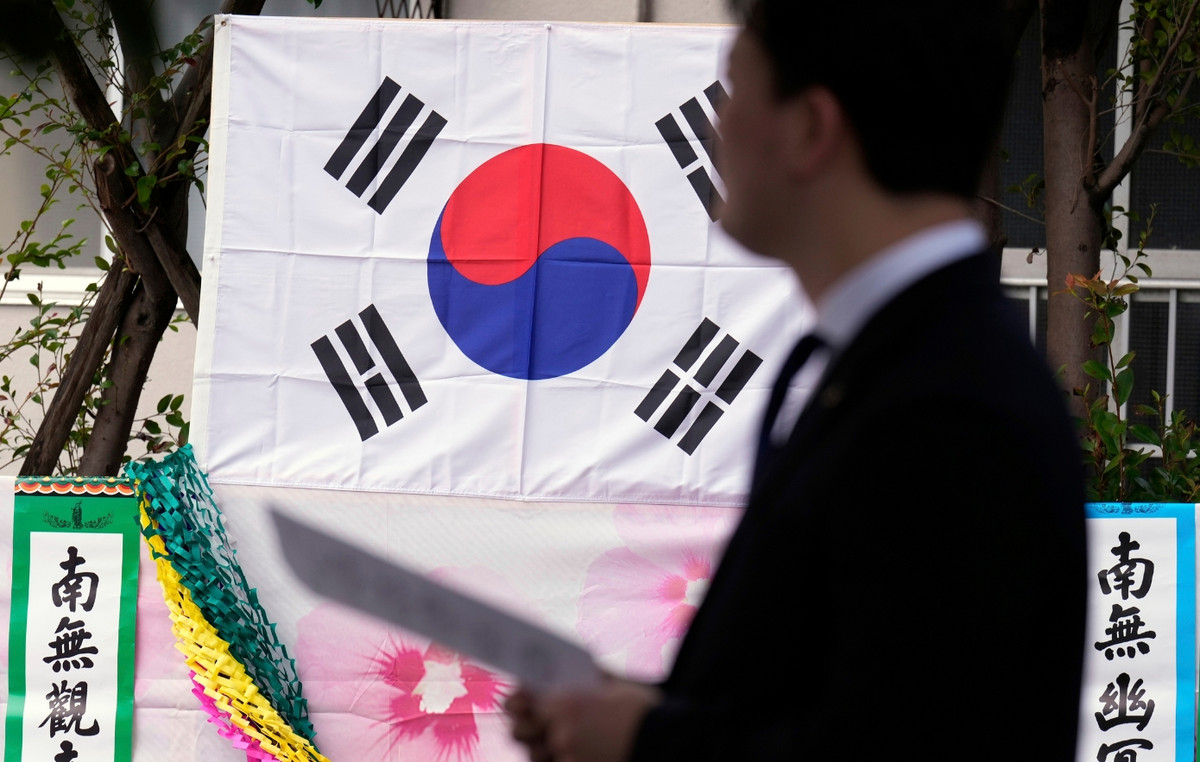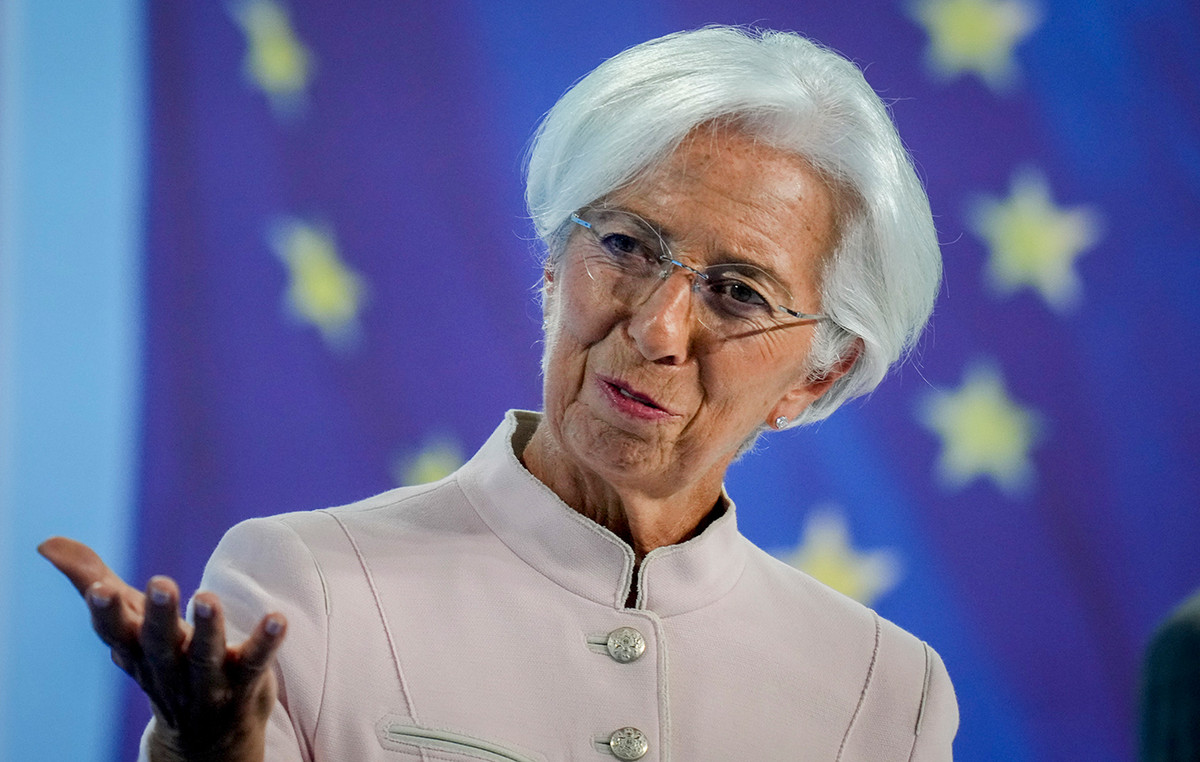The counterfeiting of goods is a phenomenon that happens worldwide. Of the items traded globally in 2019, 2.5% were linked to pirated products, according to the most recent data from the Organization for Economic Cooperation and Development (OECD).
In Brazil, according to data from the National Forum Against Piracy and Illegality (FNCP), in 2014, the sum of the losses of 15 Brazilian productive sectors plus taxes that were no longer collected by the government reached R$ 100 billion in losses. In 2021, this number tripled and rose to BRL 300 billion.
Most Wanted Products
In the world, according to the OECD, the footwear category represents 25% of total illegal sales, followed by clothing, with just under 20%. This trend for pirate clothes is also reflected here.
In October 2022, an operation by the City of São Paulo, in a shopping center on Avenida Paulista, seized pirated Louis Vuitton and Prada bags, which were sold for R$200. $15 thousand and R$35 thousand.
And that is the main reason for buying pirated products: the low price. A survey carried out by Fecomercio do Rio de Janeiro revealed that 75% of consumers of pirated products in 2021 pointed to the low price as the main reason for buying them.
Edson Vismona, president of the FNCP, points to the need for a tax reform on products. “Because there is the demand side, and demand is price. Why does the illegal product advance in the market? Because it’s very cheap. This product does not pay tax. So, the work in the tax area is important”.
With the measure, the expert believes that the original products would no longer be burdened and could have prices that attract consumers. “Crime will always applaud any tax increase, as its competitive advantage increases”, he adds.
Using nanotechnology to identify counterfeits
Tax reform and increased inspection are important to reduce the amount of pirated goods in circulation. But technology can be an ally to protect brands and improve product authentication.
Edson Vismona talks about the use of nanotechnology, which is low cost and difficult to fake. The technique consists of an extremely small marking using a chemical compound, incorporated throughout the entire length of an object, without impairing its production. Its detection is only done by electronic equipment.
“With nanotechnology and this process of incorporating the chemical compound into the mass of the product, we reached another level of identifying the authenticity of the most varied objects. And it can be placed on fabrics, iron, plastic and liquids, at a low cost”, highlights the expert.
In addition to exploring the fight against the illegal market and the impact it brings to business, the CNN Soft Business this Sunday (20) will also show the mathematical methods used by large banks around the world to guess the winning selection of the 2022 World Cup.
O CNN Soft Business airs every Sunday at 11:15 pm, with a presentation by Phelipe Siani and Fernando Nakagawa. You can check it out on TV and also on Youtube.
*Published by Letícia Naome, supervised by Ligia Tuon
Source: CNN Brasil
A journalist with over 7 years of experience in the news industry, currently working at World Stock Market as an author for the Entertainment section and also contributing to the Economics or finance section on a part-time basis. Has a passion for Entertainment and fashion topics, and has put in a lot of research and effort to provide accurate information to readers.







